2024 Natural Language Processing in Python for Beginners
Loại khoá học: Data Science
Text Cleaning, Spacy, NLTK, Scikit-Learn, Deep Learning, word2vec, GloVe, LSTM for Sentiment, Emotion, Spam & CV Parsing
Mô tả
Welcome to KGP Talkie's Natural Language Processing (NLP) course. It is designed to give you a complete understanding of Text Processing and Mining with the use of State-of-the-Art NLP algorithms in Python.
We will learn Spacy in detail and we will also explore the uses of NLP in real life. This course covers the basics of NLP to advance topics like word2vec, GloVe, Deep Learning for NLP like CNN, ANN, and LSTM. I will also show you how you can optimize your ML code by using various tools of sklean in python. At the end part of this course, you will learn how to generate poetry by using LSTM. Multi-Label and Multi-class classification is explained. At least 12 NLP Projects are covered in this course. You will learn various ways of solving edge-cutting NLP problems.
You should have an introductory knowledge of Python and Machine Learning before enrolling in this course.
In this course, we will start from level 0 to the advanced level.
We will start with basics like what is machine learning and how it works. Thereafter I will take you to Python, Numpy, and Pandas crash course. If you have prior experience you can skip these sections. The real game of NLP will start with Spacy Introduction where I will take you through various steps of NLP preprocessing. We will be using Spacy and NLTK mostly for the text data preprocessing.
In the next section, we will learn about working with files to store and load text data. This section is the foundation of another section on Complete Text Preprocessing. I will show you many ways of text preprocessing using Spacy and Regular Expressions. Finally, I will show you how you can create your own python package on preprocessing. It will help us to improve our code-writing skills. We will be able to reuse our code systemwide without writing codes for preprocessing every time. This section is the most important section.
Then, we will start the Machine learning theory section and a walkthrough of the Scikit-Learn Python package where we will learn how to write clean ML code. Thereafter, we will develop our first text classifier for SPAM and HAM message classification. I will also show you various types of word embeddings used in NLP like Bag of Words, Term Frequency, IDF, and TF-IDF. I will show you how you can estimate these features from scratch as well as with the help of the Scikit-Learn package.
Thereafter we will learn about the machine learning model deployment. We will also learn various other essential tools like word2vec, GloVe, Deep Learning, CNN, LSTM, RNN, etc.
Covered Keywords
Natural Language Processing, Python, Beginners, NLP, Text Processing, Text Analysis, Machine Learning, Data Science, Artificial Intelligence, Natural Language Understanding, Text Mining, Text Classification, Sentiment Analysis, Named Entity, Speech Recognition, Language Modeling, Text Generation, Text Summarization, Text Clustering, Text Similarity, Text Preprocessing, Regular Expressions, NLTK, spaCy, Gensim, Scikit-learn, TensorFlow, Keras, Numpy, Pandas, Jupyter Notebook, Data Visualization.
At the end of this lesson, you will learn everything which you need to solve your own NLP problem.
Bạn sẽ học được gì
Learn complete text processing with Python
Learn how to extract text from PDF files
Use Regular Expressions for search in text
Use SpaCy and NLTK to extract complete text features from raw text
Use Latent Dirichlet Allocation for Topic Modelling
Use Scikit-Learn and Deep Learning for Text Classification
Learn Multi-Class and Multi-Label Text Classification
Use Spacy and NLTK for Sentiment Analysis
Understand and Build word2vec and GloVe based ML models
Use Gensim to obtain pretrained word vectors and compute similarities and analogies
Learn Text Summarization and Text Generation using LSTM and GRU
Understand the basic concepts and techniques of natural language processing and their applications.
Learn how to use Python and its popular libraries such as NLTK and spaCy to perform common NLP tasks.
Be able to tokenize and stem text data using Python.
Understand and apply common NLP techniques such as sentiment analysis, text classification, and named entity recognition.
Learn how to apply NLP techniques to real-world problems and projects.
Understand the concept of topic modeling and implement it using Python.
Learn the basics of text summarization and its implementation using Python.
Understand the concept of text generation and implement it using Python
Understand the concept of text-to-speech and speech-to-text conversion and implement them using Python.
Learn how to use deep learning techniques for NLP such as RNN, LSTM, and word embedding.
Yêu cầu
- Have a desire to learn
- Elementary level math
- Have basic understanding of Python and Machine Learning
Nội dung khoá học
Viết Bình Luận
Khoá học liên quan

Đăng ký get khoá học Udemy - Unica - Gitiho giá chỉ 50k!
Get khoá học giá rẻ ngay trước khi bị fix.


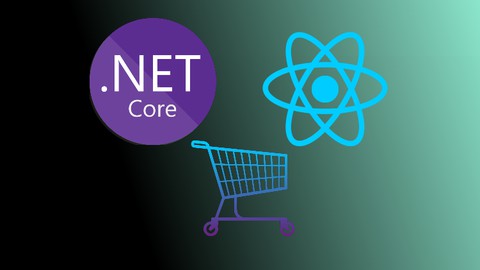

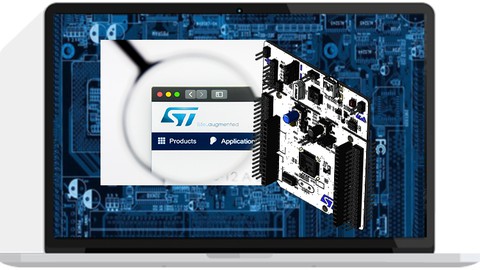


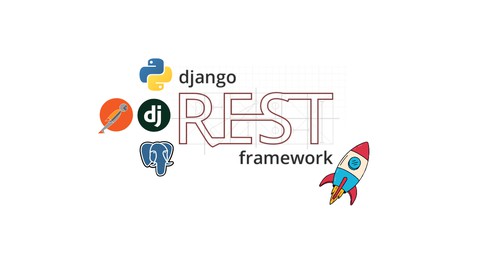

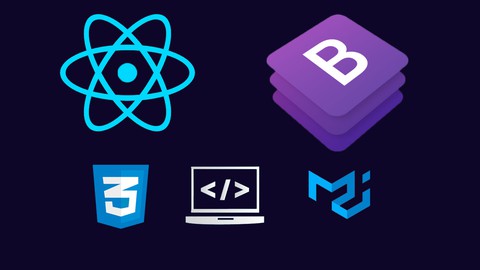

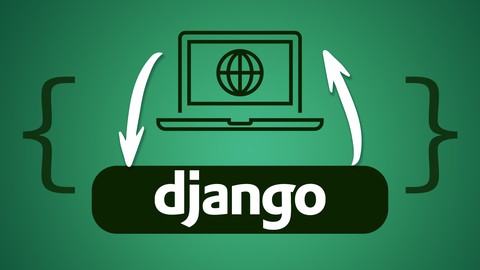
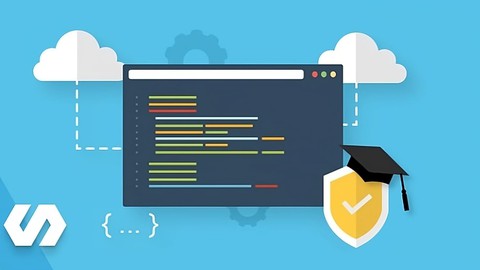



![Backend Master Class [Golang + Postgres + Kubernetes + gRPC]](/uploads/courses/udemy/3959106_03de_6.jpg)

Đánh giá của học viên
Bình luận khách hàng